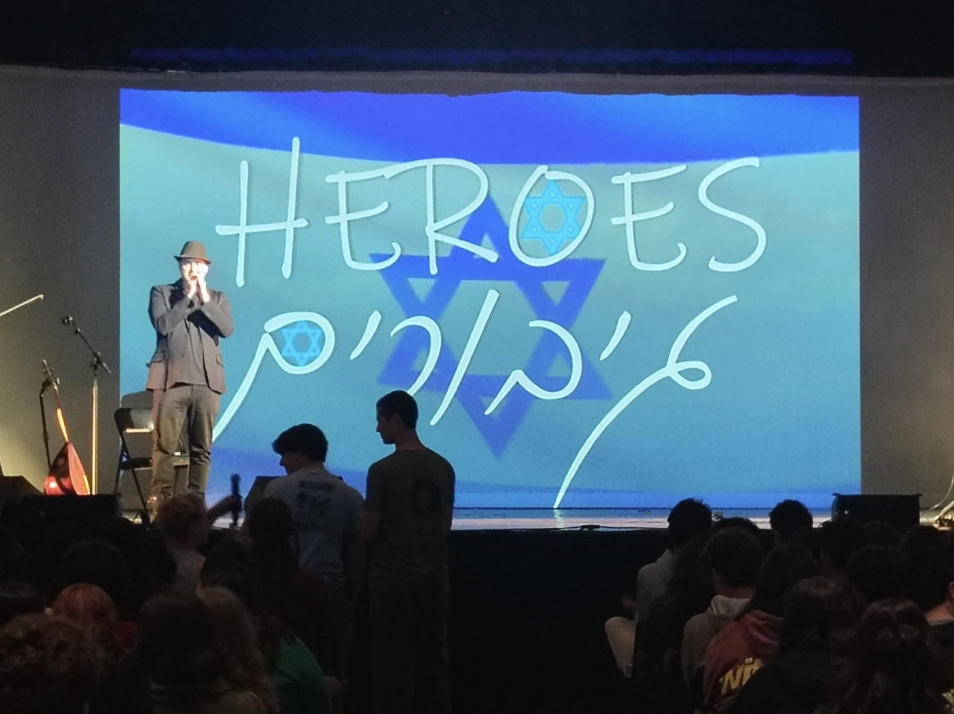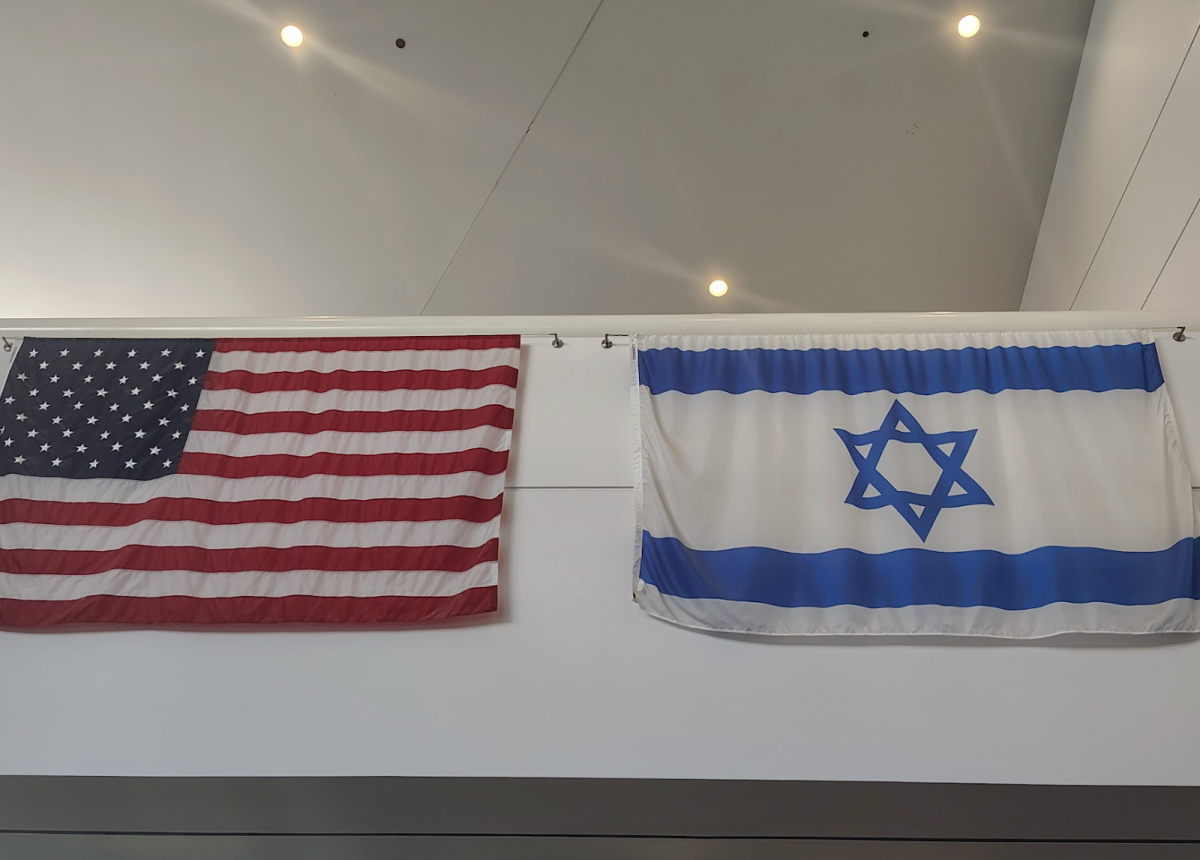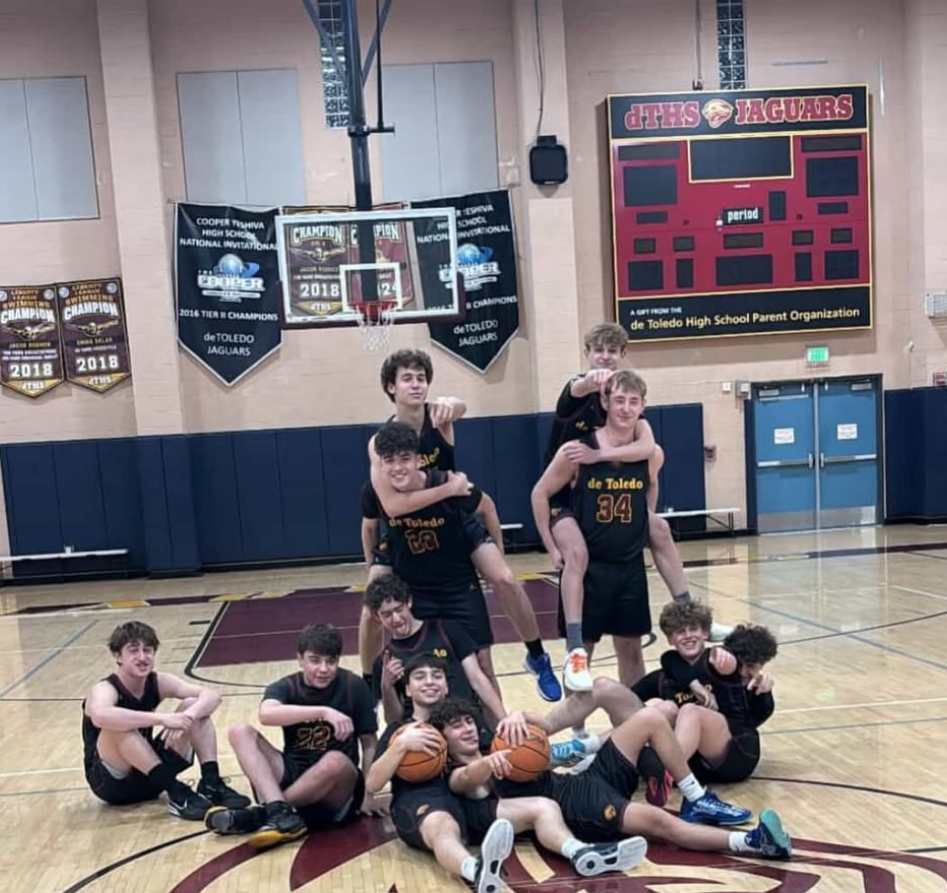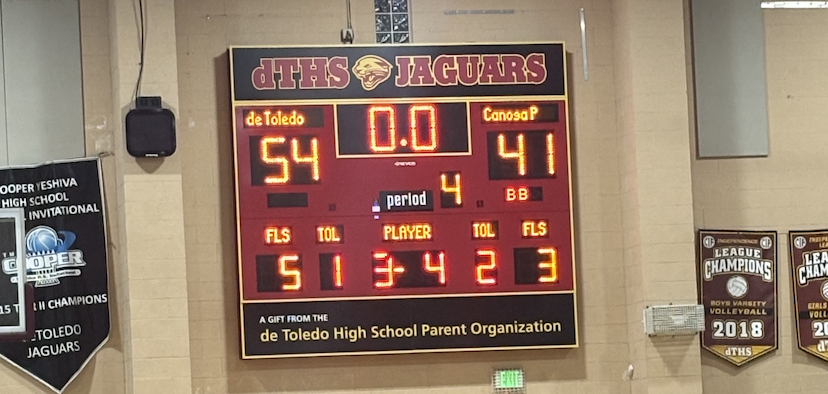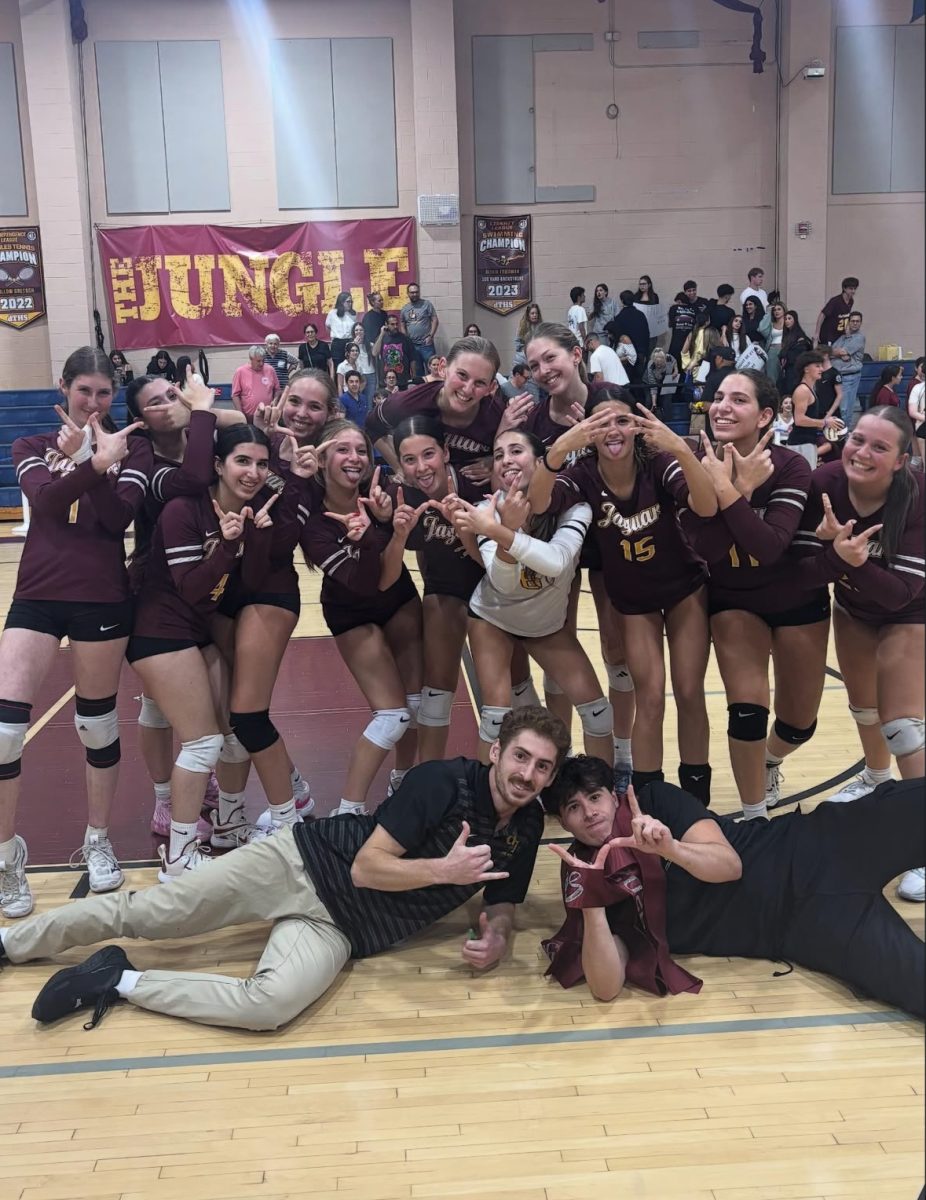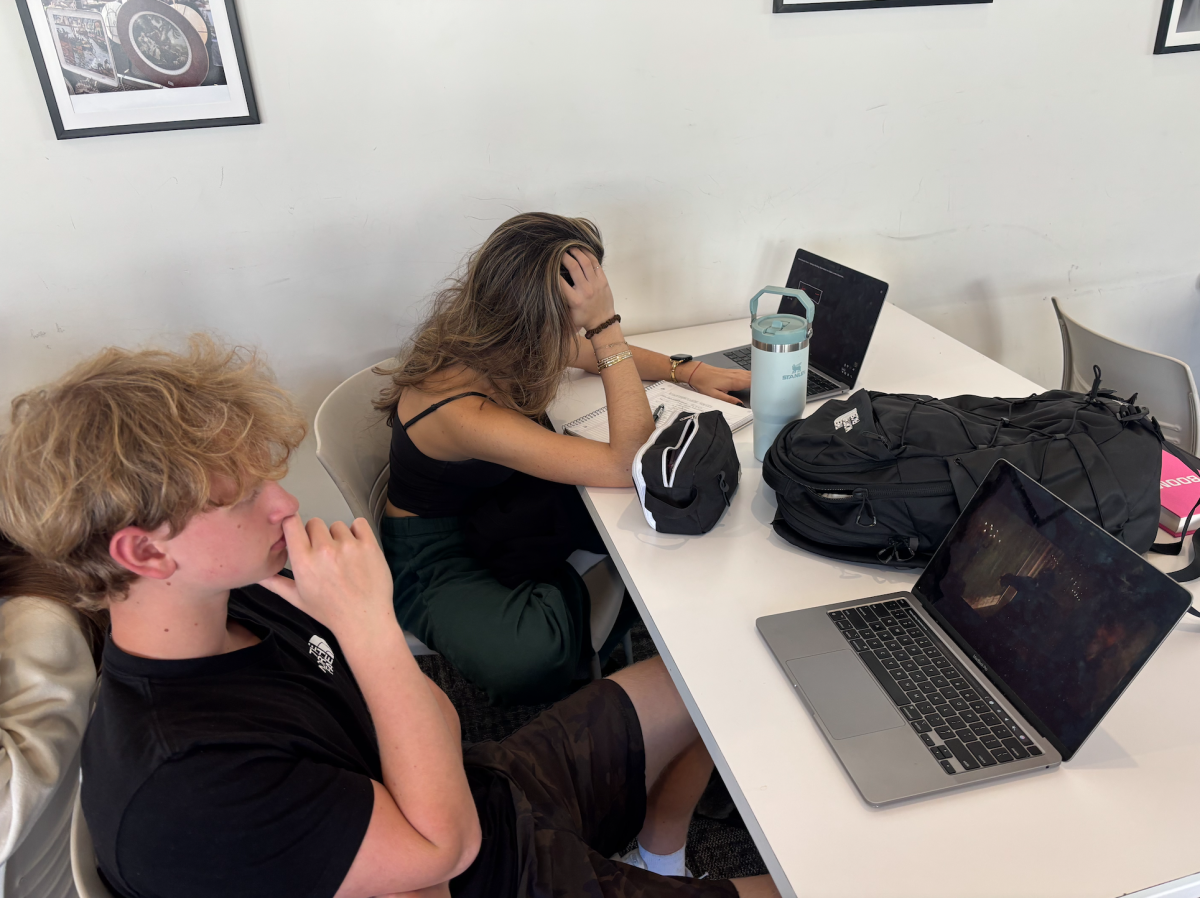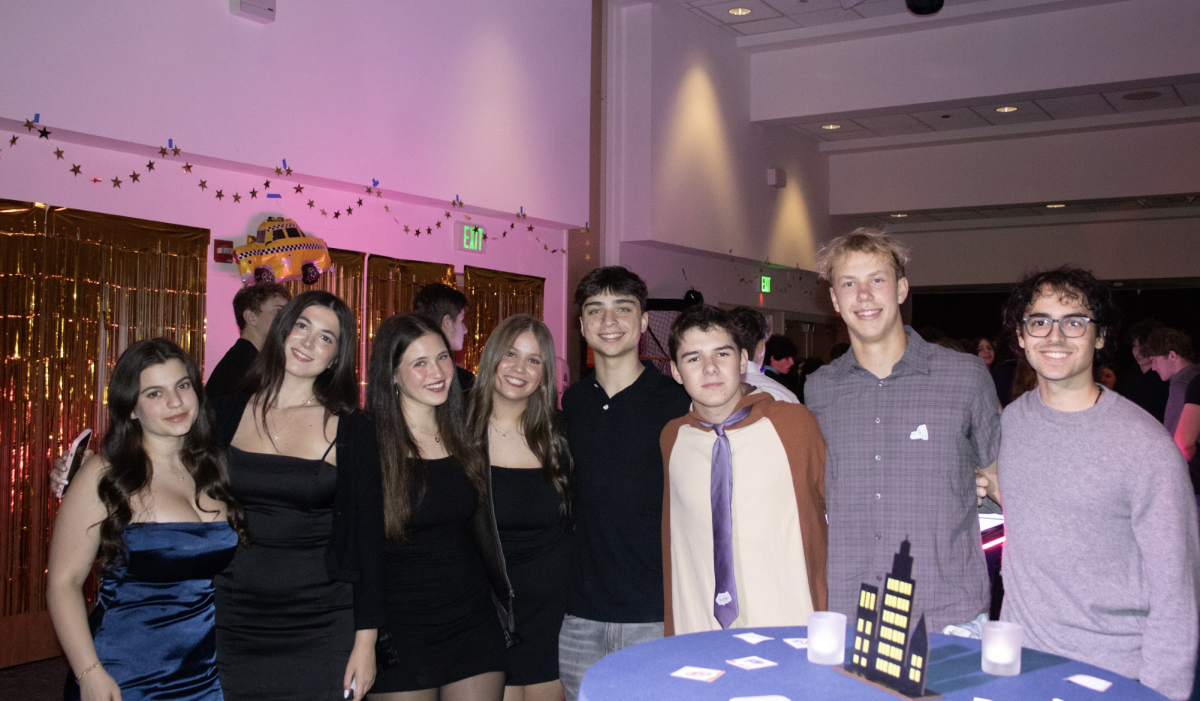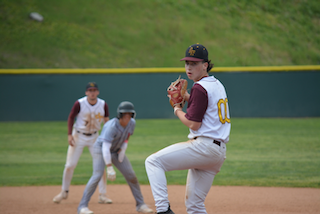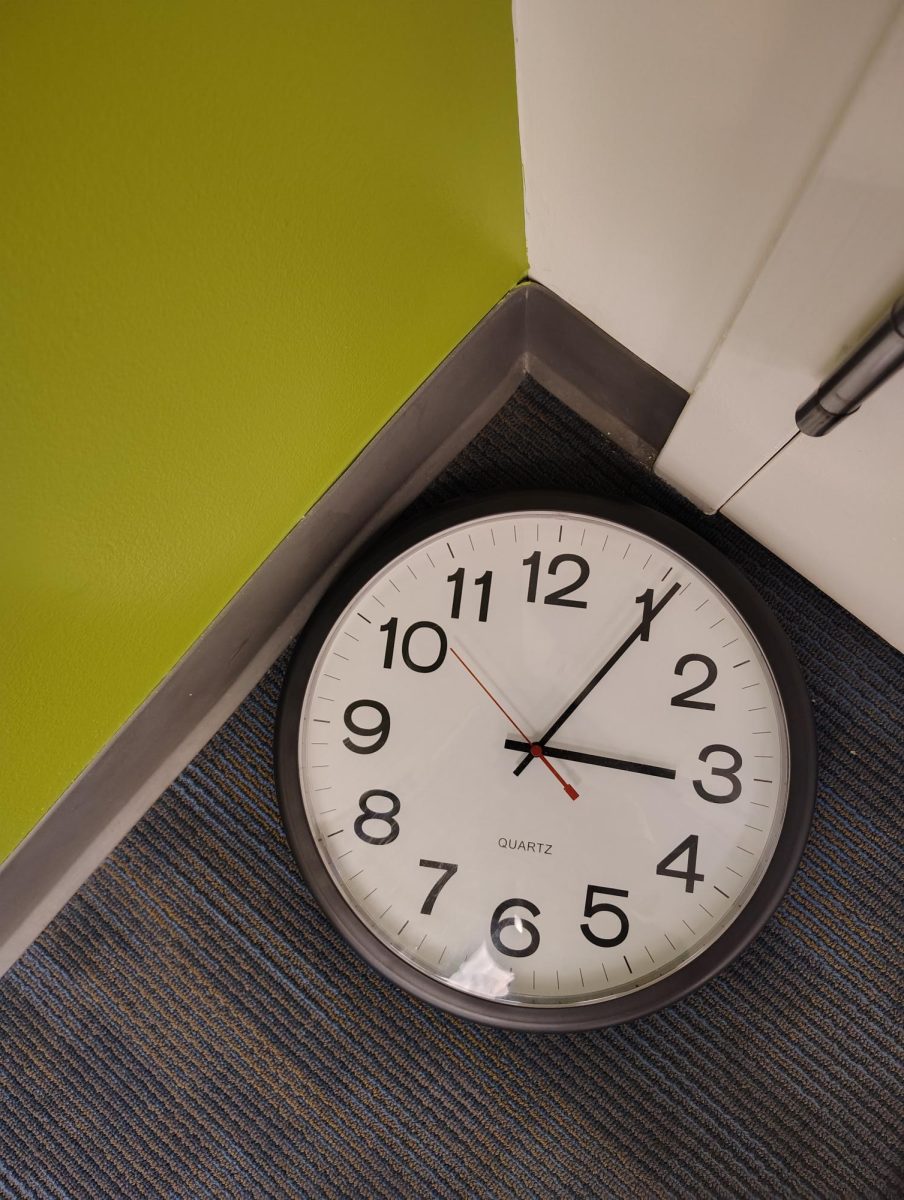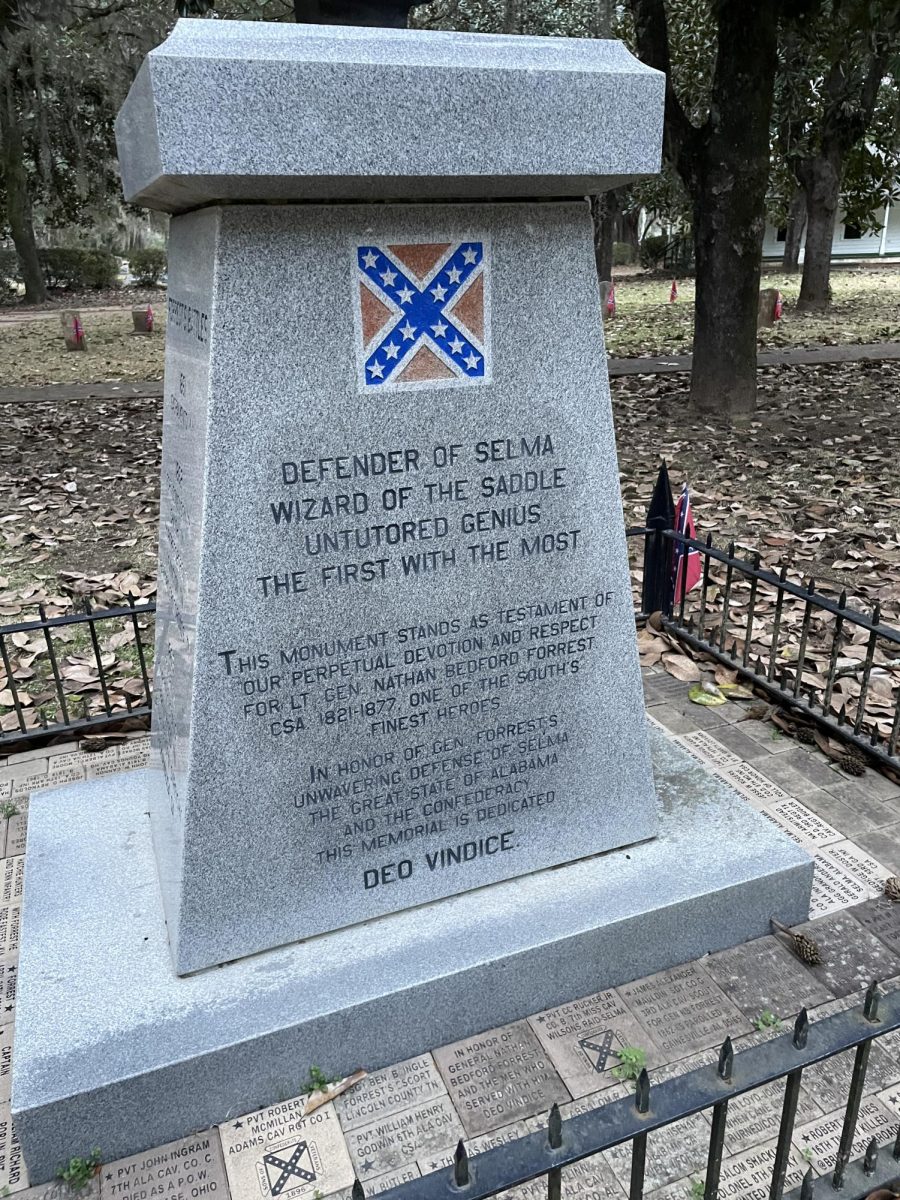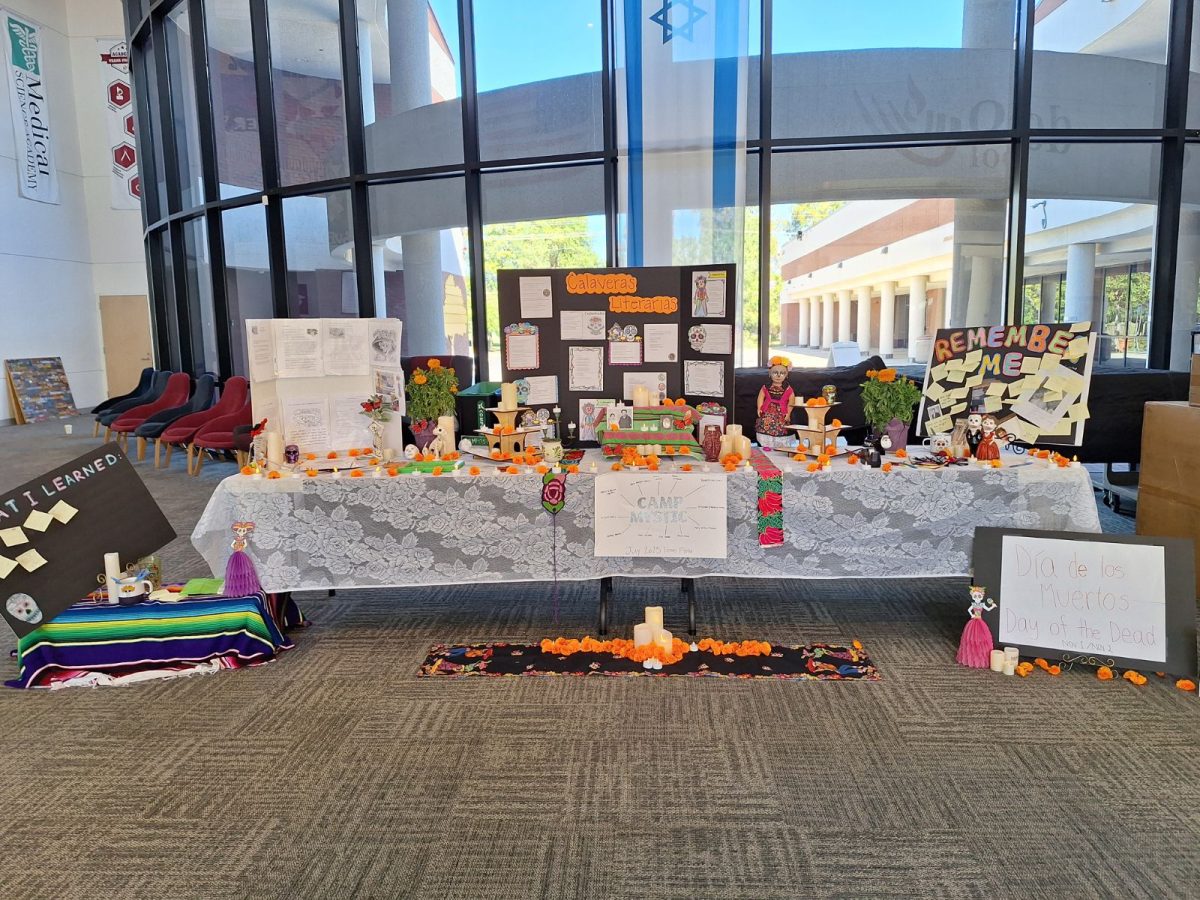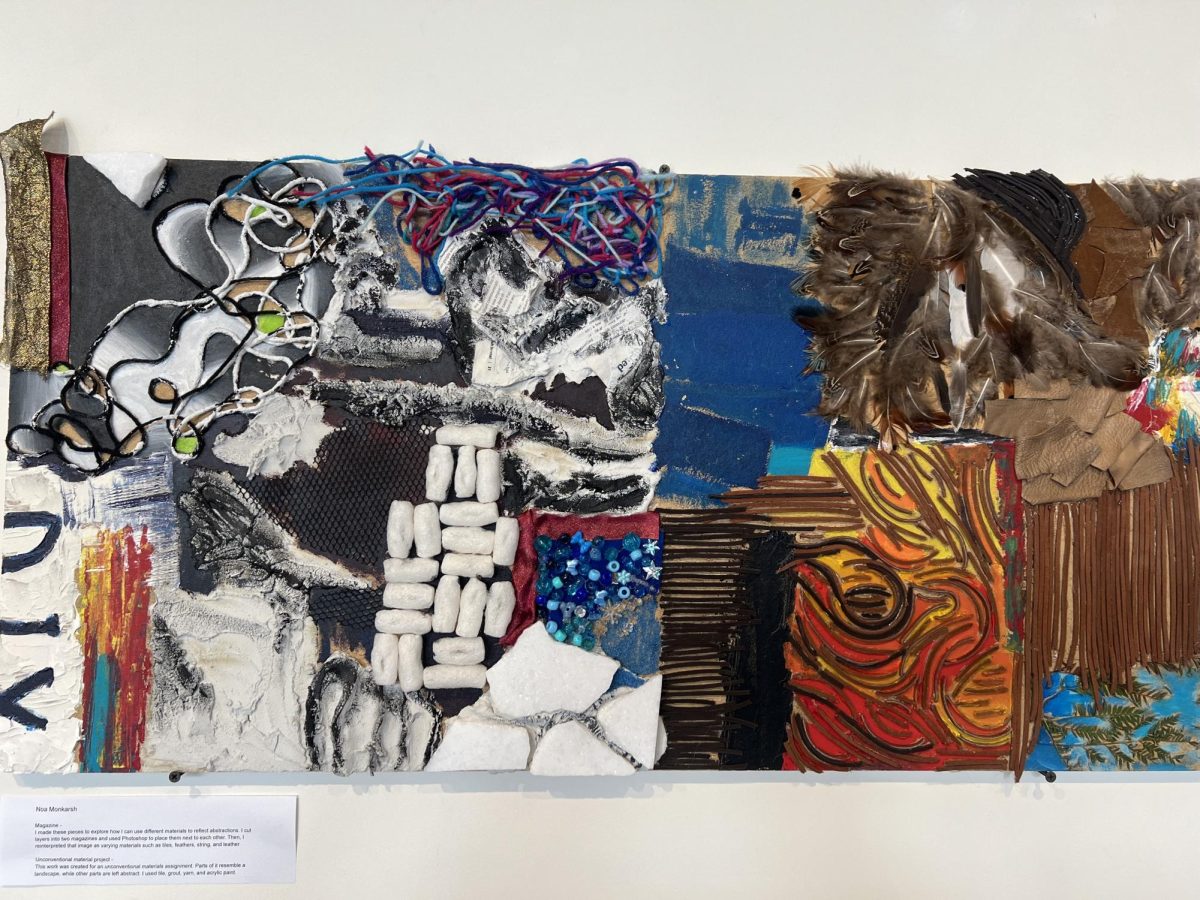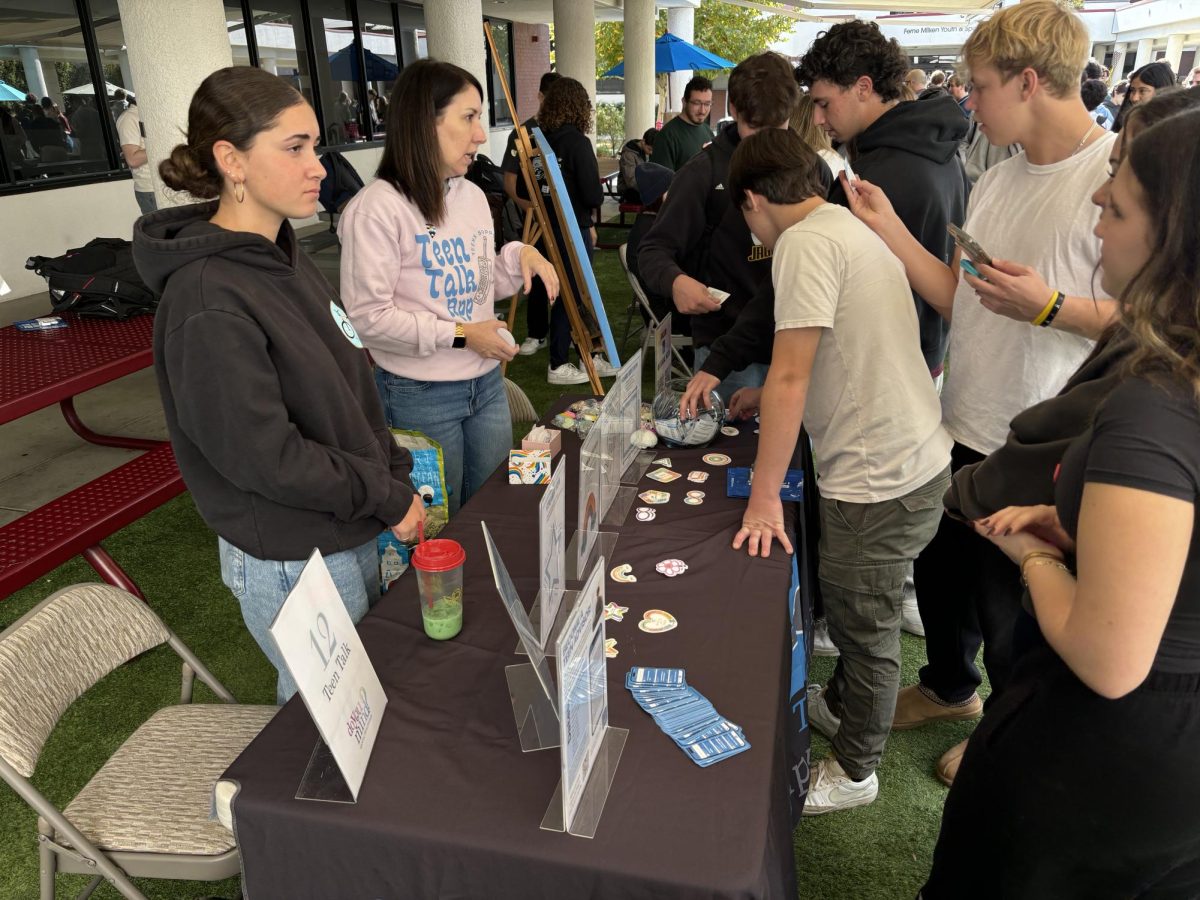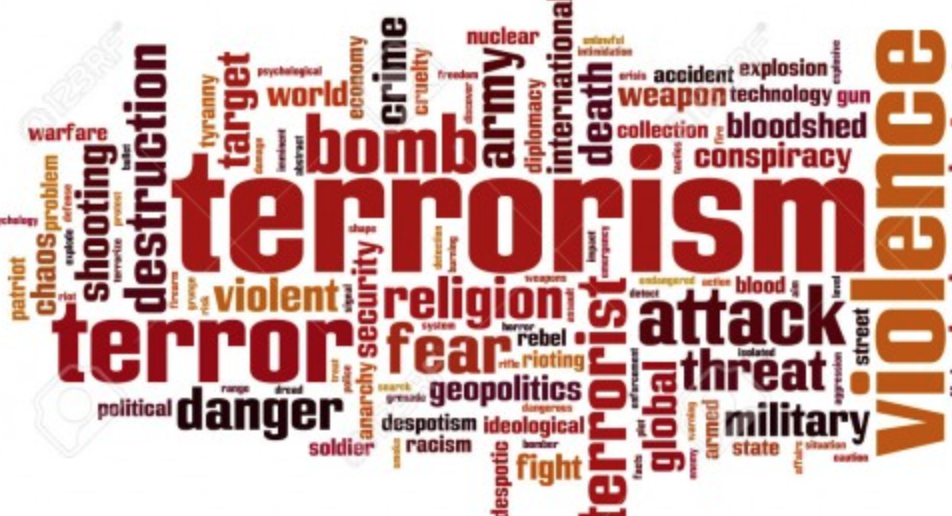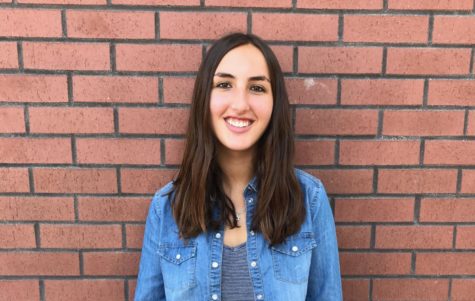Modern Terror and a Call for Unity
October 3, 2017
We live in a post 9/11 world where terror enters our lives on a regular basis.
According to the Global Terrorism Index, since 2001 the number of deaths by terrorism globally has increased from 6,500 people to almost 35,000 people in 2015.
Though the month is not over, in September alone there has been at least one terrorist attack every single day.
Terrorism is reaching new levels of intensity, creativity and diversity.
No longer can the terrorists be identified from a mile away. Instead, the perpetrators are hiding in plain sight making it harder and harder to find them. No longer are they the one wearing masks in the corner. Now, they look just like you and me.
Sadiq Khan, the new mayor of London, said in response to the September London tube attacks that terrorism is “part and parcel of living in a big city” and Londoners should be prepared to combat this.
I disagree with him. I do not believe terrorism is ever necessary and therefore something should be done to stop it. We should not have to adjust our lives to accommodate for terrorism. We need to fight this disease.
I agree that certain aspects of life will be different as a result of living in a big city – for example, traffic. However, I lived in London for 14 years and never once experienced terror. Therefore, the only logical conclusion that can be made is that the times are changing and terror is increasing.
The hard truth is that we cannot regulate everywhere. We cannot search every person before they enter a London tube station, we cannot have metal detectors before people go into a public space. We simply cannot obstruct freedom like that.
So, the question arises: How do we keep the world and the people in it safe from threats of terrorism?
Just this year there have been 935 attacks, killing 5,708 people.
Just this weekend Stephen Paddock, a 64-year-old resident of Nevada “opened fire on the crowd at a music festival from the 32nd floor of the Mandalay Bay Resort and Casino on Sunday night,” according to ABC News. This horrific attack left 59 people dead and at least 500 injured. Paddock was found dead at the scene.
Some people are not considering this attack terrorism. However, to me, terrorism is anything that causes terror. How many of you are planning to attend an outdoor festival, after reading the news about Vegas? Probably none. That is the result of terror. That is how terrorists want you to feel.
We can sit around all day and think about what has caused this unnatural spike in terror or we can actually get up and do something.
We can try to understand that this must be coming from a lack of education or a lack of acceptance of other cultures. We can begin to educate the people around us on how to be tolerant of people who are different.
We will never be able to end terrorism. It isn’t possible. There will always be groups who think that is the way to get what they want. However, there was a time when the world felt a lot safer than it does now. There was a time when people could go about their daily lives without fearing that some crazy person could take everything away from them. There was a time when people didn’t believe the world was just one terror attack away from crumbling.
The question is, “what changed?” But can any of us truly answer that? Not really. The best we can do is work to end it.
In these times it is easy to feel divided. But we mustn’t. We must come together and be united. Only once we are united may we truly stand up and fight the war against terrorism.
But our society is divided, and it isn’t the first time. In the 1950s McCarthyism turned friend against friend. During this time everyone was afraid of Communism and no one felt safe from accusations.
Back then, I’m sure no one was able to see the way through it. But do we still live with that fear today? No. Therefore, if we were able to eliminate this once we will be able to do it again.
One way that we can improve education and lessen the chances of racism stemming from lack of education is by implementing a jigsaw classroom.
A jigsaw classroom is a concept developed in the early 1970s by Elliot Aronson and his students at the University of Texas, in order to deescalate racial tensions after Austin’s city schools were desegregated.
This concepts blends different races and genders in groups that develop learning. This method has been proven to improve test performance, reduce absenteeism, and encourage a greater liking for school.
If this type of schooling was improved, it could reduce the amount of racism and hate between groups.
Although it is unlikely this method will be implemented in the next ten years, if this has been proven to help break down preconceived notions that lead to extreme hate and possibly terrorism it is a system that should be considered.
During this time, when it feels as though nothing can improve, even though we cannot predict a clear path of how and when it will end, it is so important to remember we lived without this kind of terror for a long time. If we work hard and pull together, we may be able to go back to a more peaceful time.

